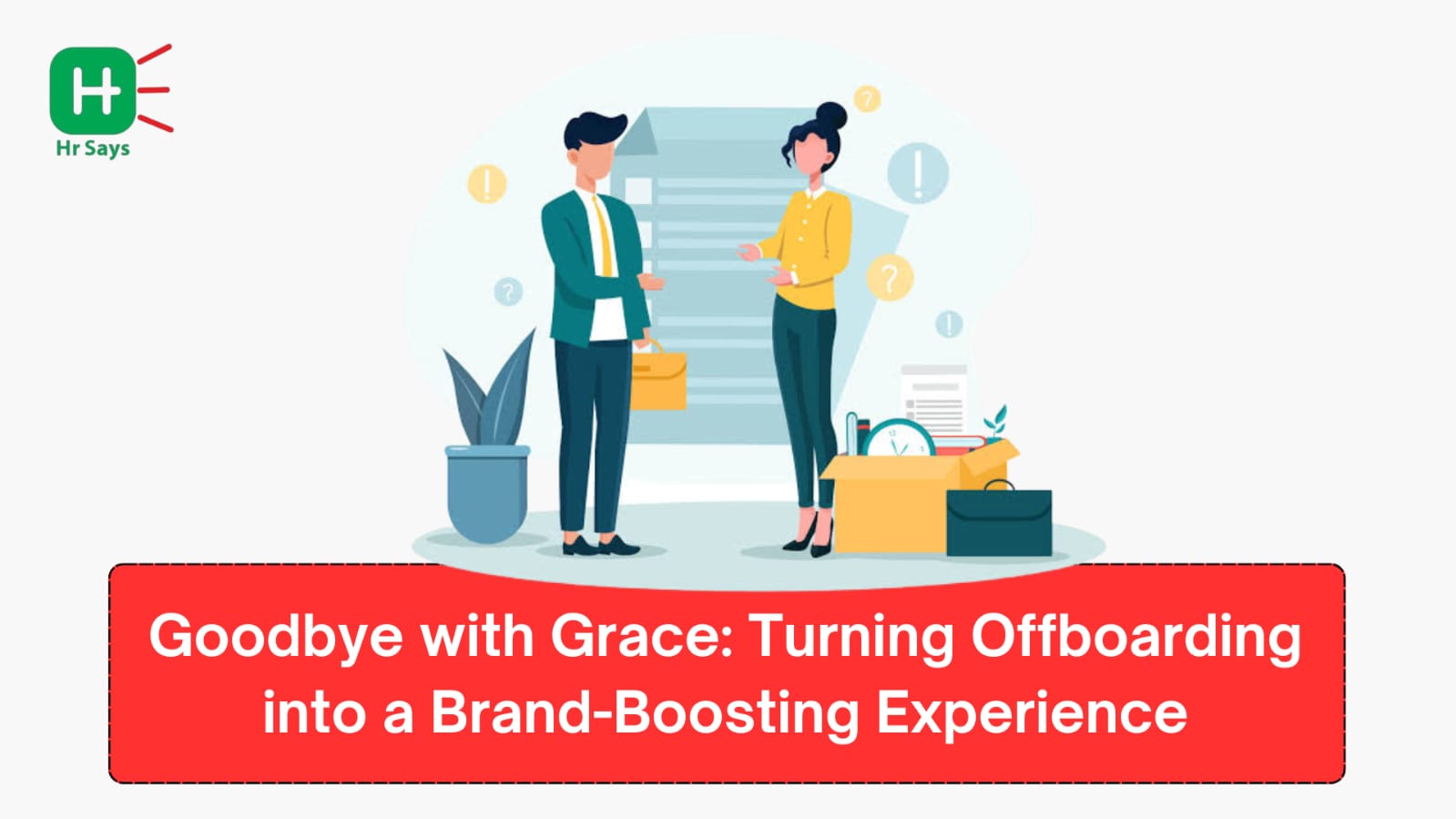Ever thought that the last day at work could leave a lasting impression on your brand? Offboarding is not only some paperwork, it is a storytelling. When done properly, it may turn into a branding tool with a gentle but effective impact. That is how you re-conceive the exits as openings.
The End is not the End: The Importance of Offboarding
Prior to discussing strategies, it is important to see why such a phase is important. Most companies treat offboarding as a checklist. Laptop return? Done. HR formalities? Done. But what about the emotional closure or the lasting narrative the employee carries forward?
A disengaged exit can quietly tarnish your brand. A thoughtful one? It becomes free PR.
The Ripple Effect: How Departing Employees Shape Perception
Offboarded employees don’t vanish—they talk. They write Glassdoor reviews, share farewell posts, answer calls from future employers, and influence talent pools.
What they say depends on how they felt:
● Valued or discarded?
● Heard or ignored?
● Forgotten or remembered?
The answers shape your reputation more than any LinkedIn campaign.
Offboarding as Experience: Building the Right Goodbye
This isn’t about fancy goodbye parties or corporate jargon. It’s about creating a process that feels fair, respectful, and meaningful.
Here’s what makes it human-centered:
● Clarity: Communicate early, with honesty.
● Closure: Allow space for last conversations.
● Gratitude: Appreciate contributions, sincerely.
● Feedback: Ask what could’ve been better—and actually listen.
A graceful exit lingers longer than a flashy entry.
Personal Touchpoints That Make the Difference
These are the quiet moments that don’t make policy decks—but they stick.
● A handwritten note from the team
● An email acknowledging specific achievements
● A one-on-one with a mentor or manager
● Resources to help with the next role
● Continued alumni access or updates
These touchpoints don’t cost much—but their return is felt.
Brand Echoes: How Goodbyes Amplify Culture
When people leave with respect, they reflect it back. It shows up in:
● Talent referrals
● Rehires down the line
● Positive stories on professional circles
● Reduced hostility post-exit
● More stable current teams who feel secure
Culture isn’t only built inside. It echoes outside—louder through those who leave.
Shifting Mindsets: From Exit to Legacy
Offboarding should no longer be an end. It’s a baton pass. What legacy do you want your
ex-employees to carry?
Switching the mindset:
● From transaction to transition
● From loss to legacy
● From silence to story
They leave, but the story they tell stays with you.
Conclusion
Offboarding isn’t about ending the relationship. It’s about redefining it. In an age where every voice matters, even the quiet ones walking out the door, a mindful exit can be your brand’s most underrated advocate.

 Offboarding can be more than an exit—it can be a branding opportunity. By focusing on clarity, gratitude, and legacy, companies can turn departures into lasting impressions that speak volumes about their culture.
Offboarding can be more than an exit—it can be a branding opportunity. By focusing on clarity, gratitude, and legacy, companies can turn departures into lasting impressions that speak volumes about their culture.












.jpeg)
.jpeg)

.jpeg)

.jpeg)


.jpeg)

.jpeg)

.jpeg)


